Enhancing The RTS Genre with Warhammer Age of Sigmar: Realms of Ruin Preview
Despite not being an RTS fan, I was chosen to participate in a recent hands-on preview of Warhammer Age of Sigmar: Realms of Ruin because I’m TheGamer’s resident Warhammer boi. To be honest, I wasn’t too excited about spending three hours playing a genre I don’t know much about in my least favorite Warhammer setting, but at least there are Orcs. I apologize, Orruks.
Even for someone who has only played a few Real Time Strategy games—Total War: Warhammer being the only other series I’ve really invested a lot of time in—the game is rather straightforward in and of itself. The map has three objectives, each of which gradually reduces the health of your opponent. By exploring the area and occupying key locations, you can gather a few currencies that will enable you to enhance your towers, employ your skills, and construct new units. Everything is familiar to me from Realms of Ruin, although under various names. You’ll be shocked to hear that I had a great time playing the game and can’t wait to play it again as soon as I get the chance.
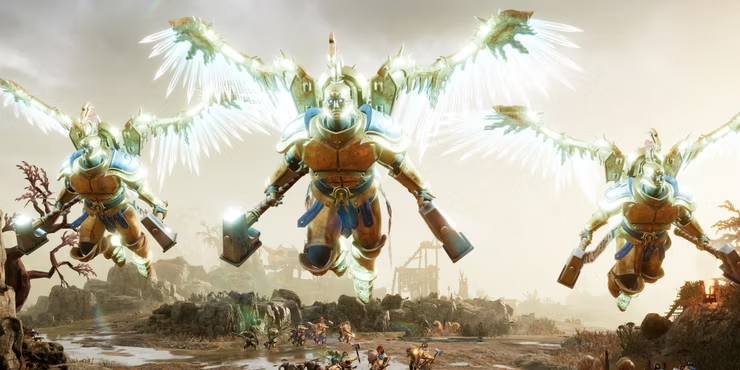
Initially, our group practiced by playing the tutorial to get comfortable. This was a step-by-step experience that demonstrated every skill needed to play in an easily understood way. One enemy, one objective, and one ability at a time. Although there were a few things for the multiplayer portion of the game that should have been better described, it was still a fantastic method to learn the fundamentals (more on that later). I won’t pass judgment just yet because I’m not sure if these mechanics are present in the campaign or have the same purpose there.
The tutorial’s most unexpected section came at the very end, when the Stormcast actors engaged in a powerful cutscene in which they talked about their previous discoveries. The voice acting is excellent, the animations are intricate, and the production value is excellent. There’s a diversity of accents, and although I didn’t hear any scousers, the ranks of Sigmar’s best had a good number of northerners, most of whom were from Yorkshire.
It piqued my interest greatly even though I didn’t understand anything about the campaign itself outside of the tutorial. I can’t wait for the main course to come in a fully-fledged campaign with more plot than most Warhammer games ever consider, similar to opting to order the same after seeing the waiter go by with a hot roast. My ideal golden Yorkshire puddings are the warriors of Azyr, and I can’t wait for Realms of Ruin to smother them in rich, story-driven gravy as they engage in combat with Orruks’ legions.
Although the campaign’s quality, or at least the cutscenes, was unexpected, players will primarily spend their time in the multiplayer. Our sole mission consisted of a basic map with three targets (referred to as Victory Points): one at each team’s home field and one in the center. It’s your typical setup, and it functions flawlessly—though I hope the final game has more map variations.
But here is the point where you practically need another tutorial. Although you are familiar with controlling your soldiers, there is no explanation on how to obtain the two game currencies. It took me longer than I’d like to confess to figure out how to make new units and a long time to figure out how to improve my Command Post and build Bastions on Arcane Conduits. For novice users, the menus aren’t very clear, but once I worked it out, everything made sense. The fact that everything has a Magic Warhammer Name adds to the confusion when all I want to do is create a currency or healing bastion.
Fortunately, my opponent was also new to the genre, but he had established a sizable lead during this period. The only thing that saved me was that I could swiftly upgrade my home base by improving my Arcane Conduits to collect more Realmstone. This allowed me to create additional units, especially ferocious monsters like Sloggoths and Troggoths. These destroyed large areas of Stormcast and shifted the balance of power in my favor. When I grabbed my opponent’s home base and won by barely eight victory points, the comeback was complete. Given that my opponent won our next two games by a combined score of more than 400-0, this thrilling match served as the ideal example of Realm of Ruin’s thrilling multiplayer action.
When I started playing multiplayer, I ran into a few problems and some confusing features that weren’t fully described, but this is still a very early version of the game. I was instantly drawn into the game’s world by its voice acting and cutscenes, its exquisitely designed troops guided me through combat, and its thrilling multiplayer mode offered competitive gameplay that I wasn’t aware RTS games could offer. Even throughout my cloud-streamed session, the well-polished models and combat animations are evident in how well it plays and looks. I was pleasantly impressed with Realm of Ruin in practically every aspect, and there’s still plenty of room for dessert with two more factions (I’m assuming Chaos and Death) and an entire campaign in the final release.
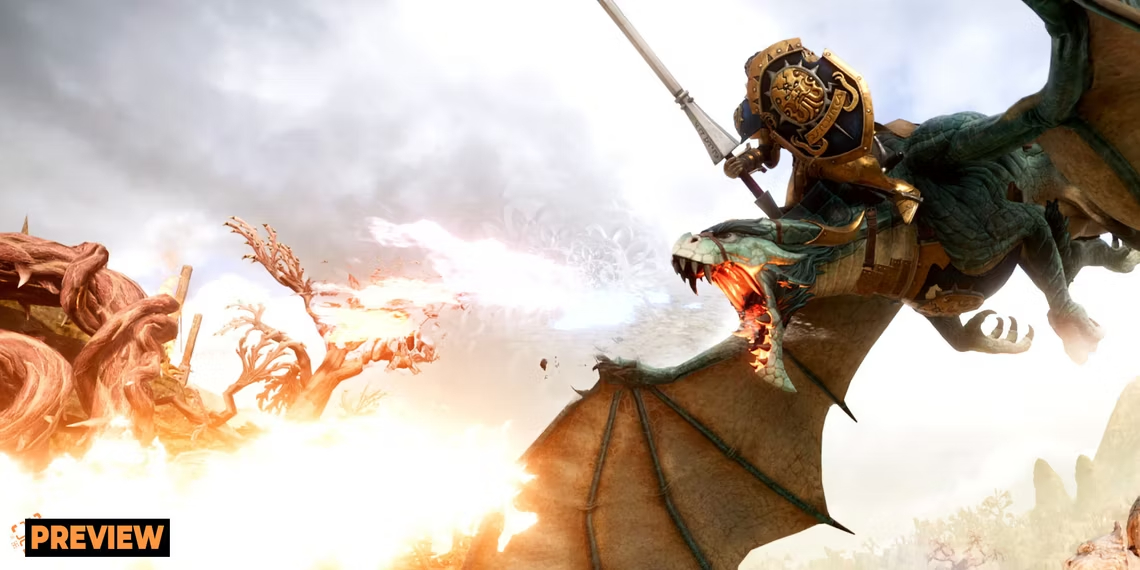





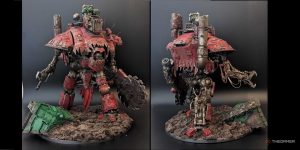

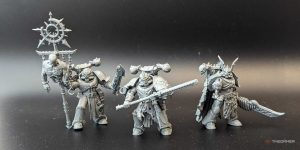
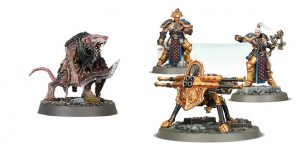




Post Comment